You’ve seen the pictures — intelligent eyes, strong stance, gentle gaze. You imagine loyalty, adventure, and companionship. What you don’t see is the work behind that dream.
Some dogs require structure so firm it feels like art. Others need constant engagement, physical release, and mental challenge. When those needs go unmet, affection alone can’t hold balance.
Many owners fall in love with ideals but not realities, unaware that certain breeds demand an experienced hand. Understanding a breed’s temperament before ownership prevents heartbreak for both sides. The goal is to match nature with nurture.
Within this article lies perspective: a candid look at the breeds that test endurance and discipline, and the clarity you need before bringing one into your world. Awareness, after all, is the first act of true compassion.
Key Takeaways
The most beautiful dogs often carry the most complex personalities, and that mix of strength and sensitivity is easy to underestimate.
Breeds like the Chihuahua and Presa Canario may look confident and composed, yet they test patience with their need for firm structure and calm leadership.
The Chow Chow and Anatolian Shepherd add to that list, combining beauty with independence that can quickly overwhelm unprepared owners.
These dogs aren’t for everyone, but for those who meet their energy with calm guidance, they return respect few breeds can match.
Critical Dog Breeds to Avoid
1. Chihuahua
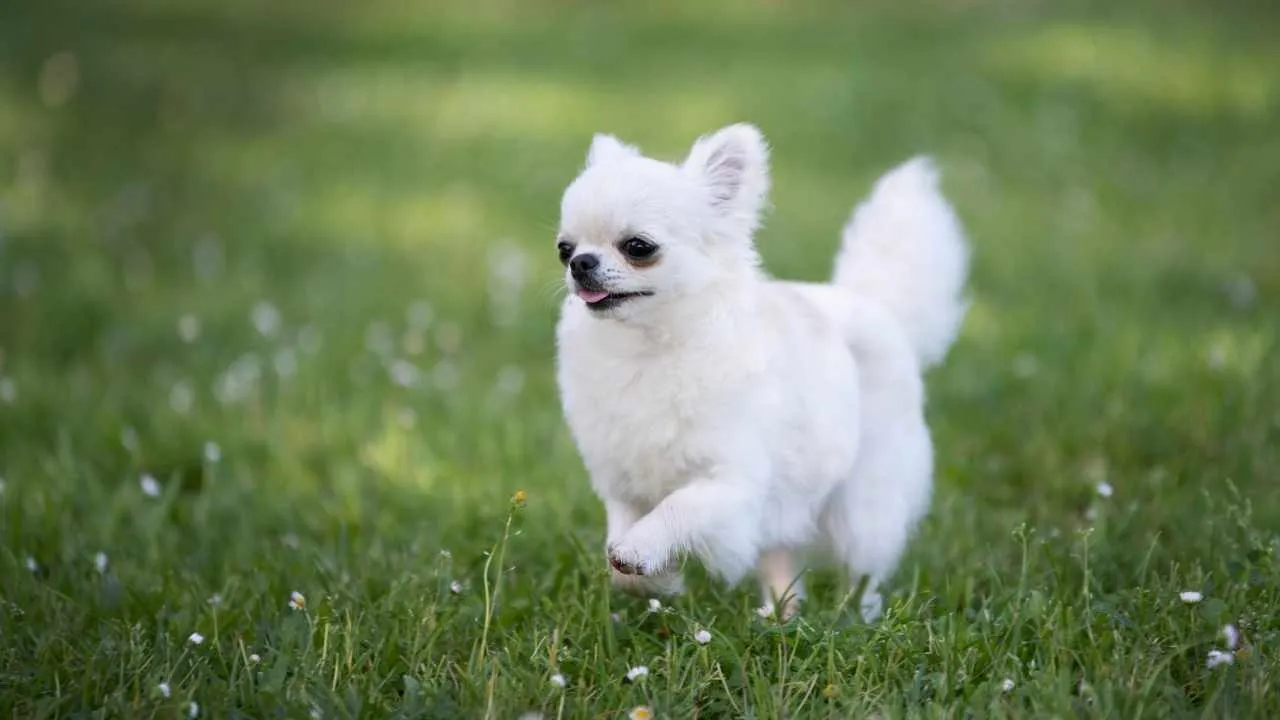
Small in size but full of fire, Chihuahuas often carry themselves like they rule the room. Their confident and reactive nature can make them difficult for first-time owners. Without early guidance, they may become overly possessive and develop a tendency to snap when startled or ignored.
Prone to Overreaction
Chihuahuas often overestimate threats, barking at noises or people who pose no harm, as per Britannica. Their high-strung energy can turn daily life into a noisy challenge if not handled calmly. You’ll notice these traits most when they feel insecure or overstimulated.
Their personality shows why they can be hard to handle:
Quick to bark at sudden sounds or movements
Can be stubborn during training sessions
Easily stressed in loud or busy spaces
Demanding Personality
The Chihuahua’s personality is known as being lively and energetic in nature. While intelligent and affectionate, they can test their owner’s patience with their stubborn streak. Training takes time, and without consistency, their spirited nature can easily shift into frustration.
2. Presa Canario
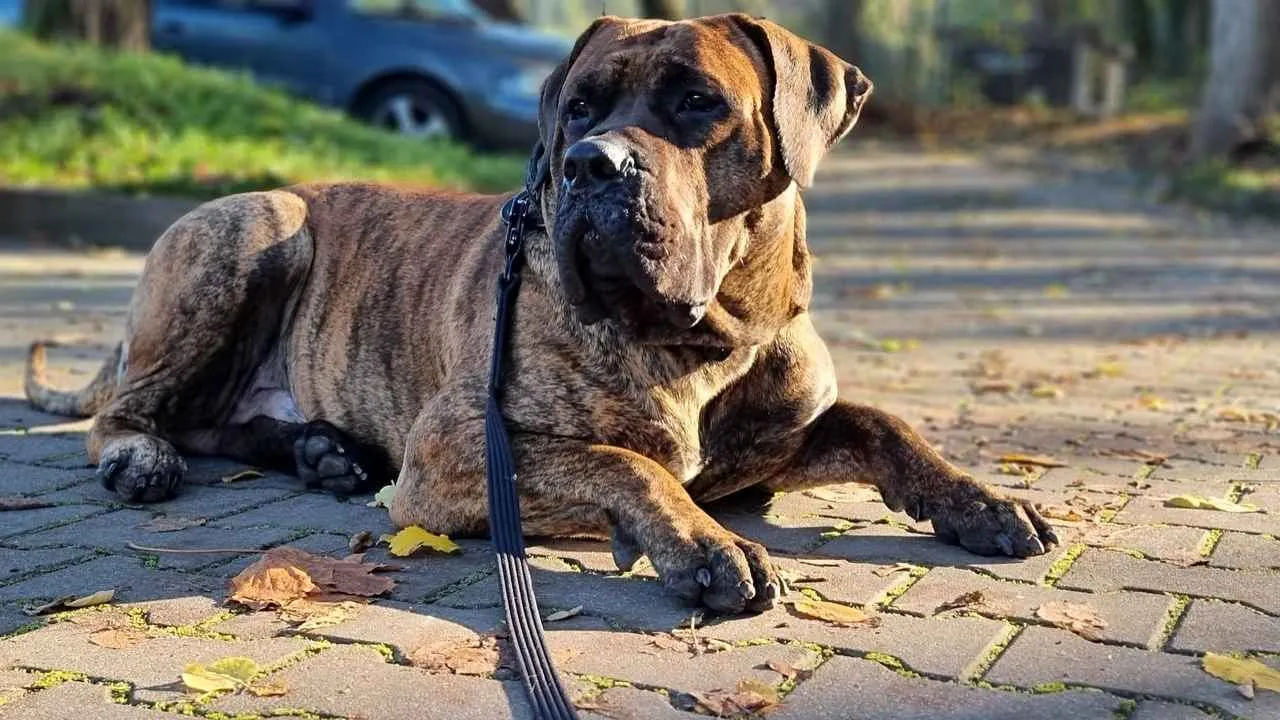
The Presa Canario exudes a steady, confident demeanor that masks a deep instinct for control. Its calm stance often masks a territorial streak that surfaces when it senses dominance being tested. With a solid frame and a powerful bark, it tends to take charge of its surroundings faster than most breeds.
Control and Command
This breed acts fast when provoked. Its natural confidence can quickly turn to protectiveness, which becomes risky for unprepared owners. It is not the best match for those who lack experience handling dominant dogs.
Before taking one home, remember a few points:
Requires consistent leadership and firm boundaries
Can be suspicious of unfamiliar faces or pets
Needs socialization early to prevent over-guarding
Loyalty That Can Turn Intense
Once bonded, a Presa Canario exhibits deep loyalty and will fiercely guard its family with unwavering focus. That same devotion can lead to overprotective reactions if it feels threatened. It needs space, structure, and calm guidance to manage its strength and self-assured mindset.
3. Alaskan Klee Kai
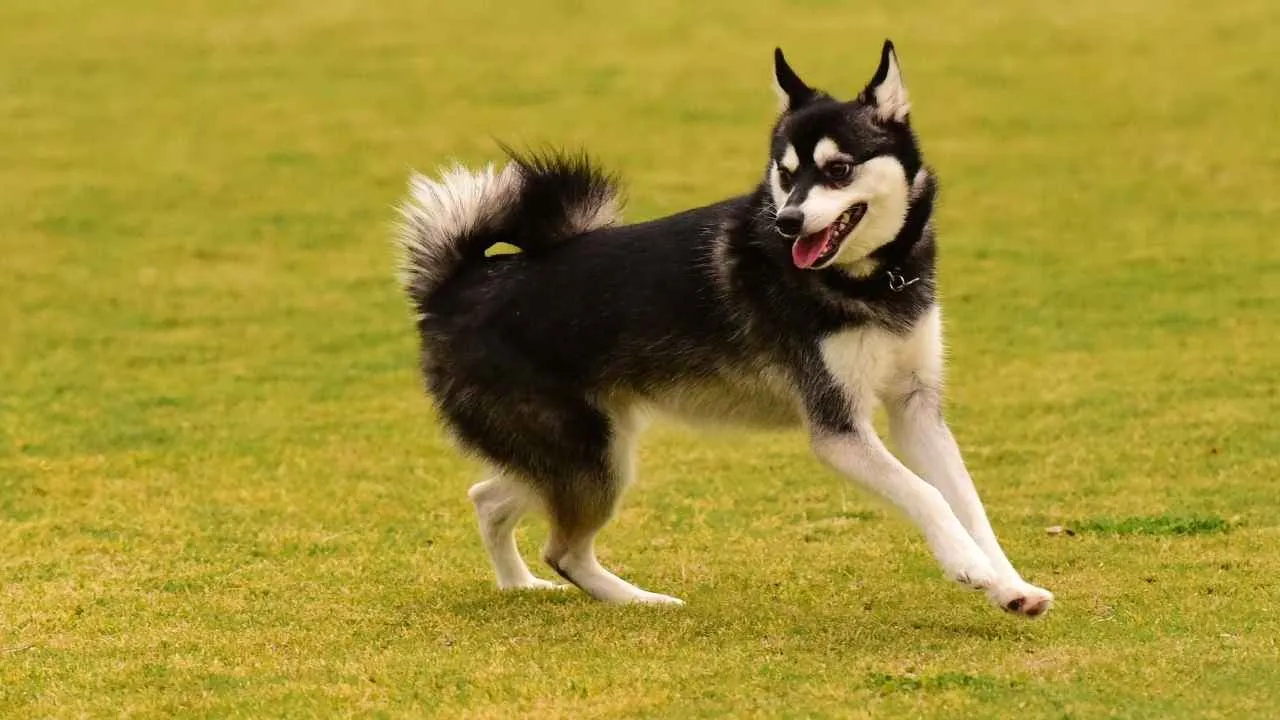
Small and foxlike, the Alaskan Klee Kai often draws people in with its bright eyes and perfect symmetry. Beneath that charm, however, lies a sharp and sensitive nature that can make it difficult for inexperienced owners.
Intelligent Yet Overly Alert
These dogs read their surroundings like radar and can easily get overstimulated. Their alertness, though impressive, often leads to restlessness and excessive barking when boundaries aren’t set early. They demand structure more than affection, which many new owners underestimate.
Their behavior often shows through in these ways:
Quick to react to unfamiliar sounds
Needs calm, predictable environments
Tends to form strong attachments with one person
Sensitive to Change
The Alaskan Klee Kai dislikes chaos or constant movement. They prefer steady routines and familiar spaces, which makes them uneasy in homes with frequent guests or small children. Their cautious nature can be mistaken for aloofness, but it stems from genuine discomfort with unpredictability.
4. Korean Jindo Dog
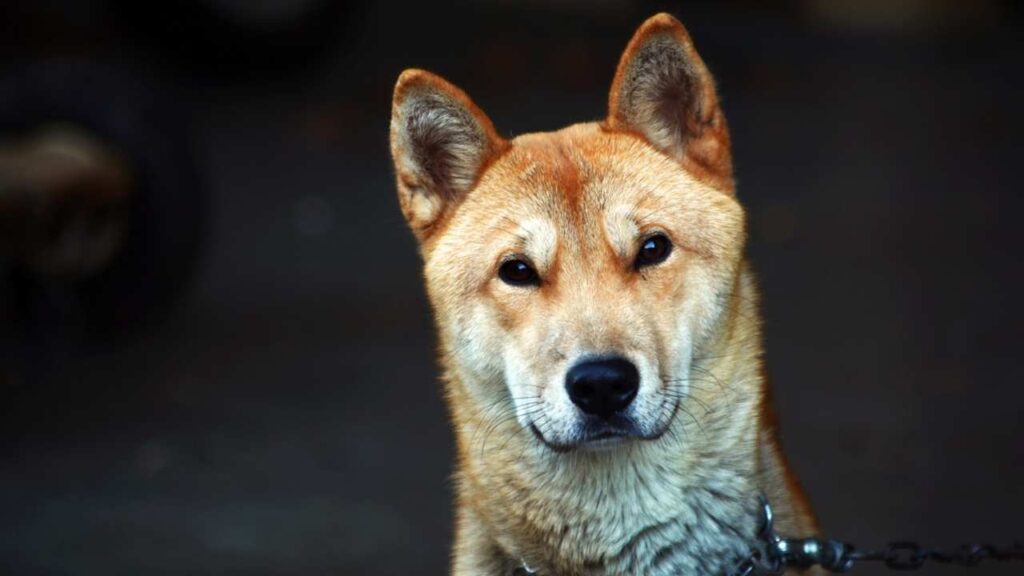
The Korean Jindo is a smart and self-assured dog that values independence more than direction. Its confidence often turns into stubbornness, making it difficult for inexperienced owners to manage.
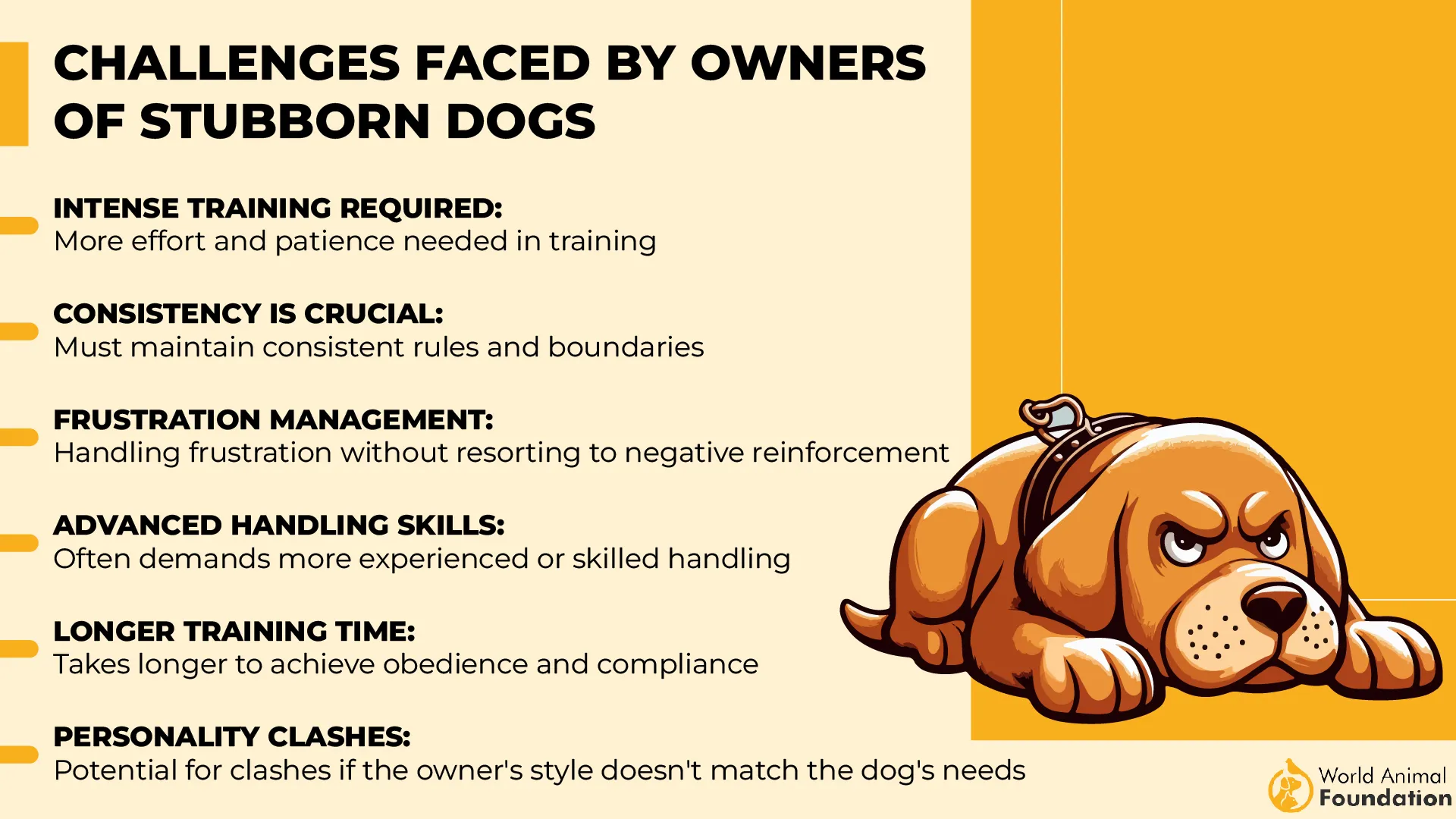
Once it locks onto a task or target, its focus is almost unshakable, but that determination can easily escalate without early training.
Selective Loyalty and Control Issues
This breed’s deep loyalty is both its pride and its problem. Jindos bond fiercely with one person, often disregarding others in the family, as mentioned by the AKC. Their sharp instincts make them reactive when their space feels challenged.
They’re also known for:
Territorial behavior around food and toys
Same-sex aggression within households
Hesitance toward strangers, even with socialization
Reluctant to Share Territory
A Jindo’s natural guarding behavior can easily spill into dominance. They like to control their surroundings, often deciding who’s allowed near their owner. While alertness is valuable, this dog’s intensity can be overwhelming for those who expect a calm companion.
Did You Know: Jindos are known to remember their first owners for life, even after rehoming. This emotional imprint shows the depth of their loyalty but can make transitions especially hard for them.
5. Chow Chow
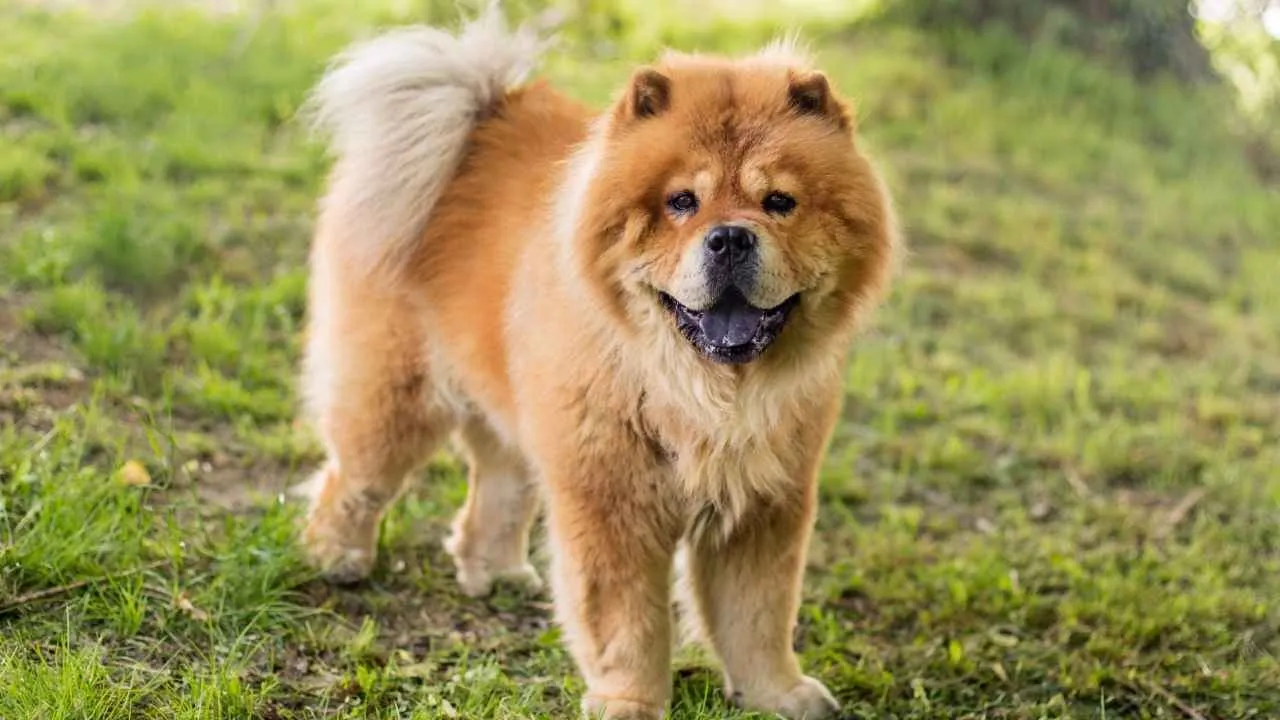
The Chow Chow carries itself with a calm confidence that often borders on aloofness. Its lion-like mane and serious expression give it a look of authority that matches its personality. Beneath that thick coat lies a dog that prefers independence, making it less adaptable for homes seeking constant affection.
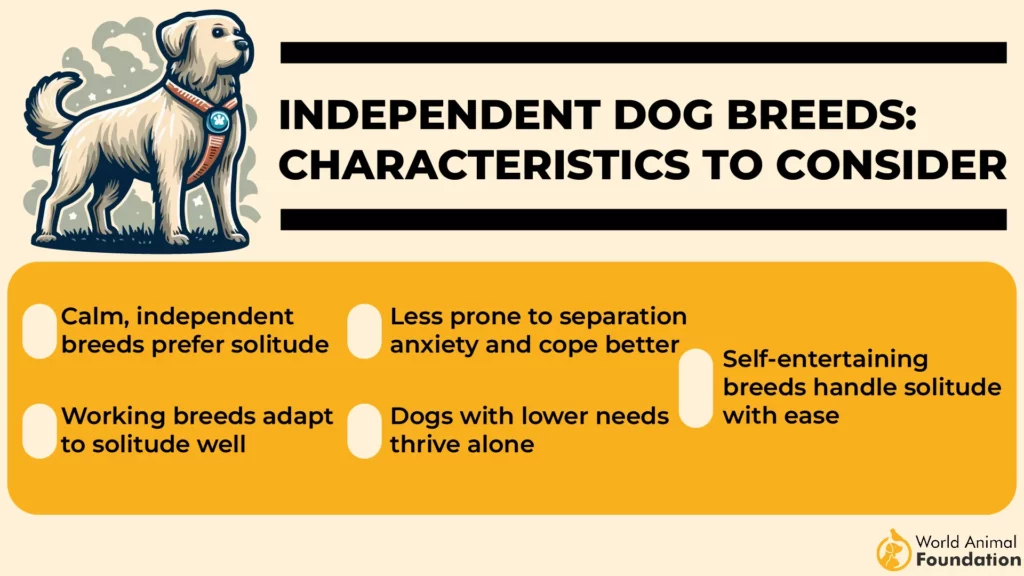
Independent Temperament
This breed values routine and structure but tends to form one strong bond while remaining detached from others. Its loyalty can turn possessive if not balanced with steady guidance. This trait often makes it difficult for novice owners to manage or read changes in its mood.
A few aspects that reflect its demanding nature include:
Limited tolerance for rough handling
Strong guarding instincts toward territory
Reluctance to accept strangers or unfamiliar pets
Silent and Watchful Demeanor
Chows rarely bark without reason and have an uncanny ability to sense tension in their environment. They prefer to observe rather than engage, which can make early training essential. If pushed too hard, their proud temperament may lead to withdrawal rather than compliance.
Note: The Chow Chow’s blue-black tongue has long fascinated dog enthusiasts. It’s one of the few breeds with this rare trait, shared only with the Chinese Shar-Pei.
6. Anatolian Shepherd Dog
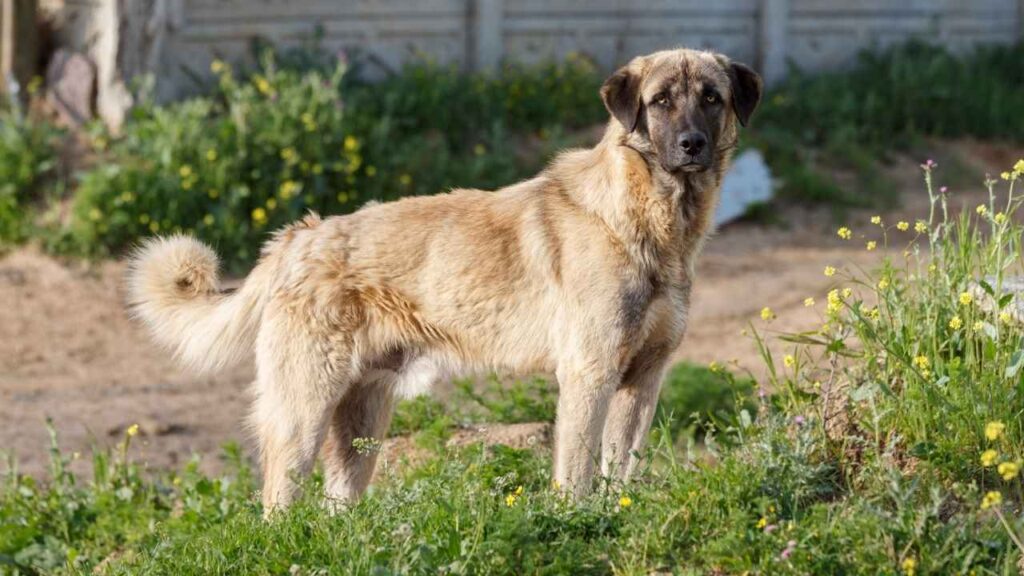
The Anatolian Shepherd Dog commands attention with sheer presence. Known for its imposing frame and calm intensity, it isn’t a breed that bends easily. It carries centuries of guarding instinct, shaped by the harsh terrains it once patrolled, where hesitation meant danger.
Strength With a Mind of Its Own
Built like a fortress and thinking like one too, this dog works best when it leads, not when it’s micromanaged. Its intelligence is deep-rooted, but that same independence can turn challenging for first-time owners, as mentioned by Orvis.
That said, a few qualities clearly set this dog apart from others:
Stays alert even during rest periods
Naturally suspicious of unfamiliar movement
Can dominate weaker handlers if boundaries aren’t clear
Note: Professional trainers often warn against teaching Anatolians additional guard or attack drills, as their natural protectiveness can intensify beyond control.
Loyalty That Doesn’t Come Easy
This isn’t a dog that bonds overnight. Its trust has to be earned, and once it is, loyalty runs deep and unshakable. It treats the household as its flock, watching silently yet vigilantly, stepping forward only when real danger looms.
7. Azawakh
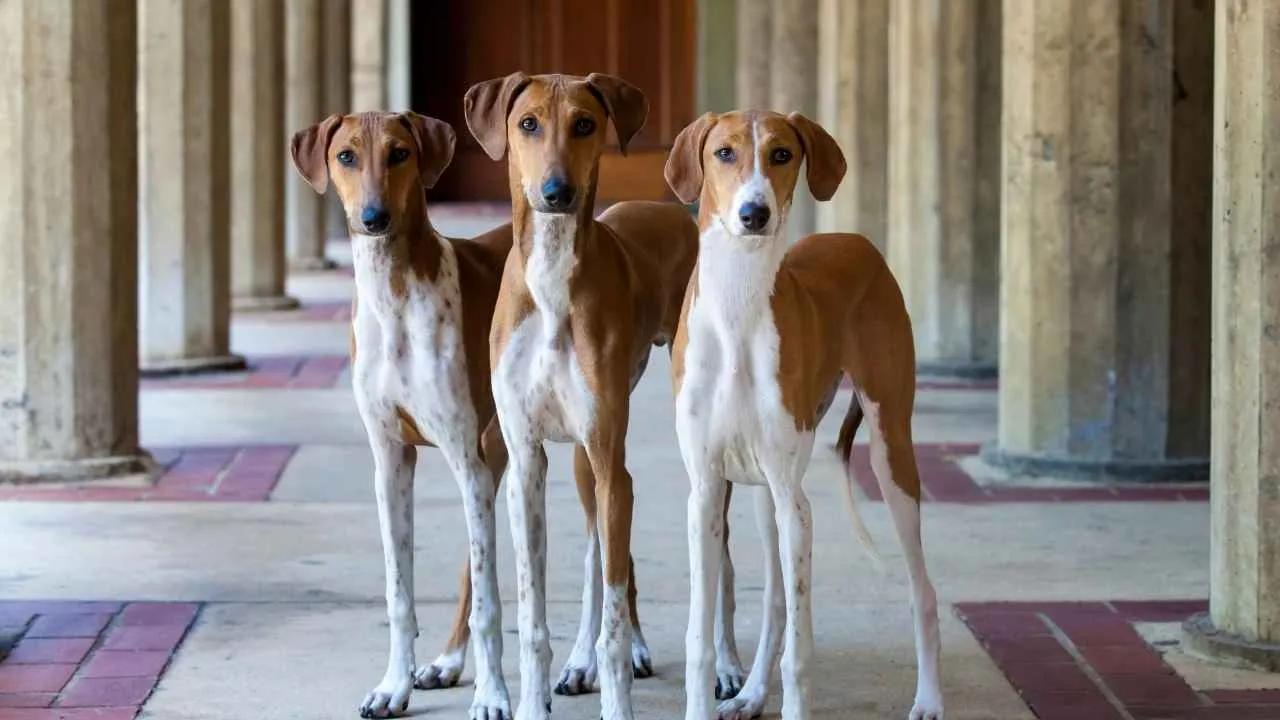
The Azawakh is admired for its graceful build and striking appearance, yet its elegance hides a temperament that’s far from easy to handle. This breed bonds intensely with a few people and often stays distant toward strangers, which can make socialization tricky.
Too Independent for Most Owners
This large dog values freedom above all, which makes structured training a challenge. It listens when it chooses to and rarely seeks direction. Such independence can frustrate even experienced handlers, especially when quick obedience is required.
Its nature often shows through in how it reacts to control:
Sensitive to harsh correction
Easily loses interest in repetitive drills
Responds better to calm, confident guidance
A Guard with Selective Loyalty
While its alertness makes it aware of every movement, it doesn’t protect out of habit. The Azawakh guards what it loves, not what it owns. This selective loyalty means it can misjudge unfamiliar people or environments, adding complexity for pet parents seeking a predictable family companion.
Conclusion
Every dog owner dreams of a loyal companion, but choosing wisely means looking past appearance and charm. Certain dog breeds carry instincts that, without proper training, can lead to stress or even a dog attack.
Their protective nature makes them alert and brave, yet also demanding of clear leadership from a young age.
Unlike other breeds that adapt easily, these guard dogs thrive under structure and purpose. Even minor lapses can trigger behaviors linked to old instincts once used in fighting dogs.
For a family dog means choosing balance between instinct and affection, power and peace. Awareness remains the best protection for both owner and animal.


